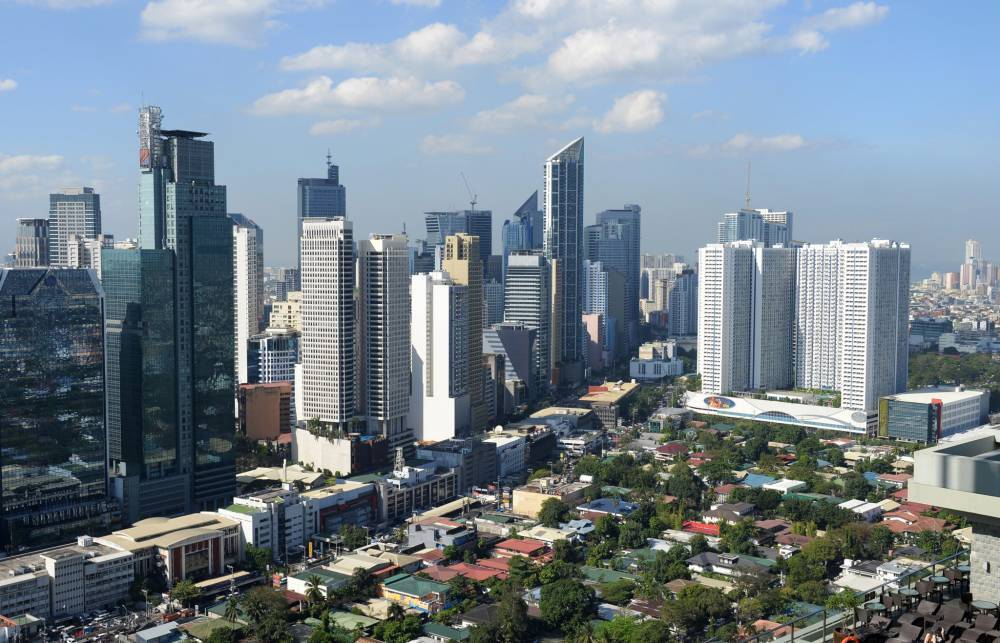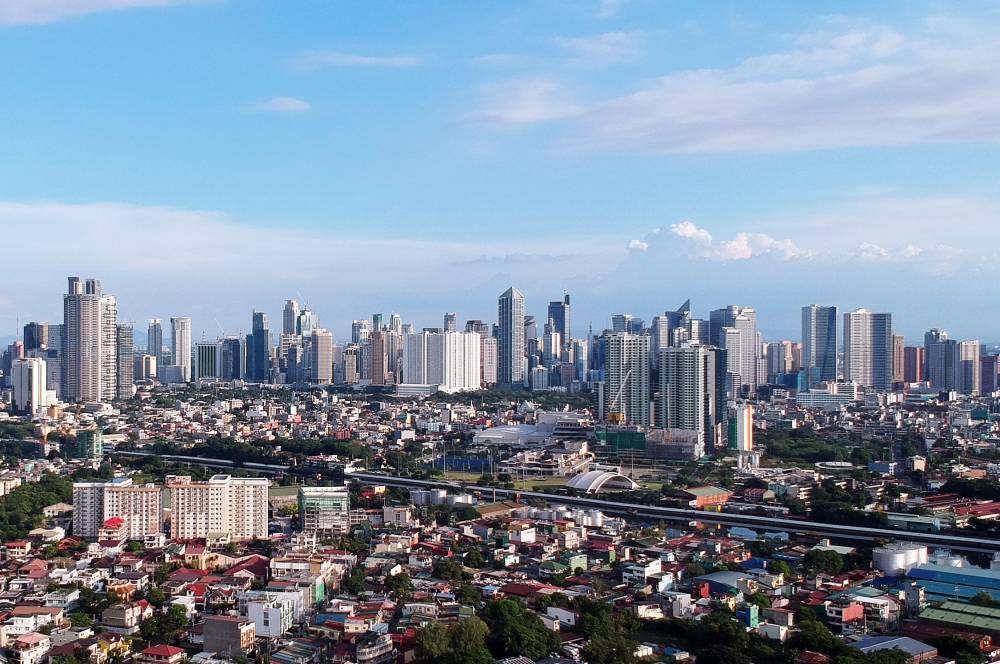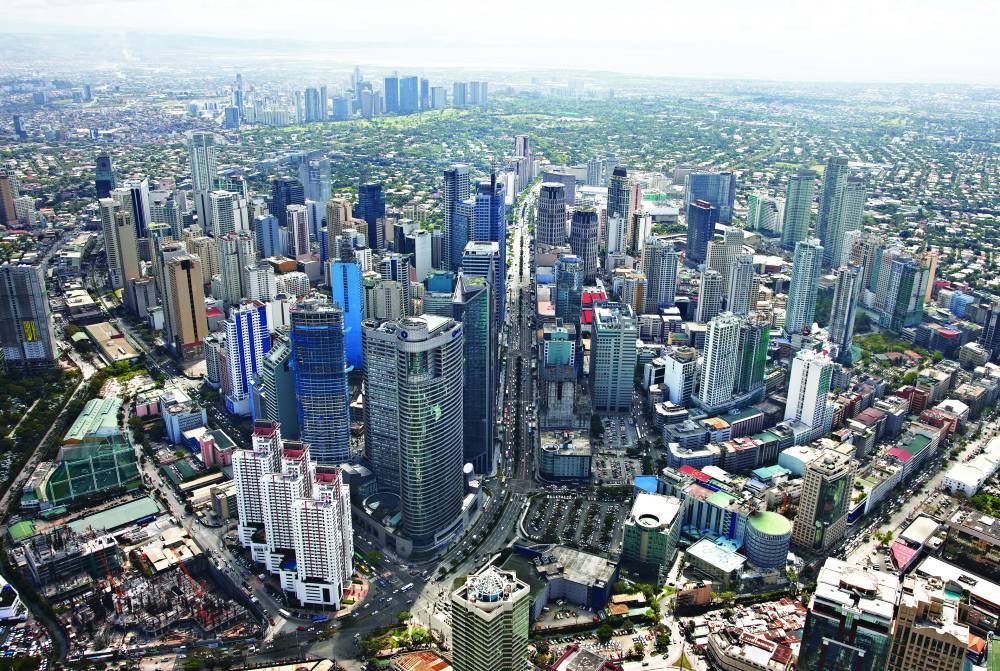Outmaneuvering property headwinds: Aiming to thrive in 2025

The Philippine property market faced significant challenges in 2024, grappling with a sizable inventory of unsold and unoccupied condominium units and office spaces in Metro Manila to continued correction in lease rates and rise in vacancies, brought about by the exodus of Philippine offshore gaming operators (POGOs).
The past 12 months offer lessons on what developers need to do to outmaneuver headwinds in a constantly evolving property market and the tailwinds or opportunities they need to maximize to flourish in 2025.
Game-changing reforms
There are developments that bode well for the Philippine economy.
Measures enacted by the Marcos administration, for example, should play a crucial role in helping the Philippines position itself as a foreign direct investment (FDI) hub in the region. These FDIs should have positive multiplier effects to the Philippine property sector.
One is the implementation of Corporate Recovery and Tax Incentives for Enterprises to Maximize Opportunities for Reinvigorating the Economy (CREATE MORE), which updates the country’s tax incentives to be globally competitive.

We see CREATE MORE having a positive impact on the industrial sector, which has seen sustained growth even at the height of the pandemic due to exponential rise in demand for cold chain facilities and third party logistics providers.
Industrial park developers such as Ayala Land and Filinvest Innovation Parks are
expanding their footprint in Central and Southern Luzon—two of the country’s major
industrial corridors. These developers are welcoming more locators into their industrial spaces, including manufacturers of electric vehicles, a sunshine sector for the segment.
Modernizing warehouses has become the norm as well, with industrial players taking advantage of a Philippine economy driven by personal consumption.
Also helping drive the demand for modern warehouses and cold storage facilities are the food and beverage retailers, which will likely account for 40 percent of new physical mall space in the next 12 months.

Industrial demand spilling over to residential
Colliers sees this growing demand for industrial facilities spilling over to the residential segment—one of the major reasons why property developers are starting to integrate residential projects into their industrial parks.
The growing interest from Korean and Japanese manufacturers, in particular, is likely to stoke demand for golf communities that feature not just a golf course but also residential projects.
Colliers believes that golf communities with vertical residential developments are likely to attract great interest from local and foreign travelers (including retirees), while horizontal projects within these estates are likely to corner take-up from domestic travelers and Filipino investors.

Opportunities in a challenging office market
As highlighted by our office leasing team, there are opportunities that landlords and tenants can tap—despite the fact that office market vacancy in the metro may breach 20 percent by end 2024 due to expected surrenders from POGOs and non-renewals from companies that closed deals in 2019.
Colliers Philippines believes that low vacancy markets such as Makati CBD present opportunities for landlords to enhance their office space offerings and ramp up the completion of projects in the pipeline.
Landlords should also continue chasing demand from state departments transferring to newer office towers. This is particularly relevant for developers with office buildings in the peripheries of major business districts.
Kevin Jara from our Tenant Representation business said: “Landlords need to provide high quality office spaces that align with the latest demands for flexibility, wellness, and sustainability. By addressing these specific tenant expectations and remaining attentive to shifts in demand, landlords can capitalize on the existing market opportunities and create spaces that are better positioned to thrive even in a challenging landscape.”
Colliers believes that developers should also be on the lookout for business process outsourcing firms’ expansion plans outside Metro Manila.
Despite challenges brought about by AI and the wait-and-see stance after Trump’s reelection, some outsourcing firms continue to maximize the availability of skilled manpower and relatively cheaper office lease rates in key areas outside the capital region.
2025 will definitely be an interesting year for the Philippine property market.
Email the author at joey.bondoc@colliers.com
Prior to joining Colliers in March 2016, Joey worked as a Research Manager for a research and consutancy firm where he handled business, political, and macroeconomic analysis. He took part in a number of consultancy projects with multilateral agencies and provided research support and policy recommendations to key government officials and top executives of MNCs in the Philippines.


















